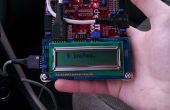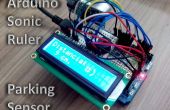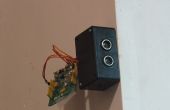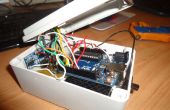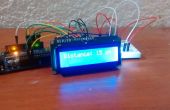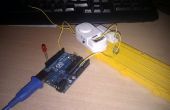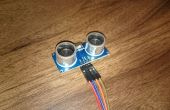Paso 8: Codificación de la Raspberry Pi
Que si ha configurado ya su frambuesa Pi, tener acceso a Internet desde él. Si no, siga a esta guía, o revisa este post de blog sobre la configuración WiFi.
Cuando esté listo, accede el Raspberry Pi a través de un terminal (LxTerminal si usted está accediendo a su Pi directamente a través de lo GUI), desplácese hasta una carpeta donde desea guardar este proyecto y crear un nuevo archivo llamado "presence.py"
<p>$ sudo nano presence.py</p>
Ahora pegue el siguiente código:
import RPi.GPIO as GPIO ##GPIO libraryfrom ubidots import ApiClient ##Ubidots Library import time ##time library for delays GPIO.setmode(GPIO.BCM)##set up BCM as numbering system for inputs GPIO.setup(7,GPIO.IN)##Declaring GPIO7 as input for the sensortry: api=ApiClient("75617caf2933588b7fd0da531155d16035138535")##put your own apikey people= api.get_variable("53b9f8ff76254274effbbace")##put your own variable's id except: print "cant connect"##if this happens check your internet conection while(1): presence=GPIO.input(7)#)# saving the value of the sensor if(presence==0):##if presence is zero that means the other car is still there :( people.save_value({'value':presence})##sending value to ubidots time.sleep(1)##check every 5 seconds if the other car moves print "cero" if(presence): people.save_value({'value':presence})##the other car left so is empty now :) time.sleep(1) print "uno" GPIO.cleanup()##reset the status of the GPIO pins Ejecute el programa:
<p>$ sudo python presence.py</p>
